The Softwood Market is characterized by a competitive landscape that is increasingly shaped by innovation, sustainability, and strategic partnerships. Key players such as West Fraser Timber Co Ltd (CA), Canfor Corporation (CA), and Weyerhaeuser Company (US) are actively pursuing strategies that enhance their market positioning. West Fraser Timber Co Ltd (CA) focuses on expanding its product offerings and enhancing operational efficiencies, while Canfor Corporation (CA) emphasizes sustainable forestry practices and technological advancements in production. Weyerhaeuser Company (US) is leveraging its extensive land holdings to optimize supply chains and improve resource management. Collectively, these strategies contribute to a dynamic competitive environment where adaptability and forward-thinking are paramount.
In terms of business tactics, companies are increasingly localizing manufacturing to reduce transportation costs and enhance supply chain resilience. The Softwood Market appears moderately fragmented, with a mix of large corporations and smaller players. The influence of major companies is significant, as they set industry standards and drive innovation, while smaller firms often focus on niche markets or regional specialties.
In November 2025, West Fraser Timber Co Ltd (CA) announced a partnership with a leading technology firm to develop AI-driven solutions for optimizing lumber production. This strategic move is likely to enhance operational efficiencies and reduce waste, positioning the company favorably in a market that increasingly values sustainability and technological integration. The collaboration may also serve as a model for other companies seeking to modernize their operations.
In October 2025, Canfor Corporation (CA) launched a new line of eco-friendly wood products aimed at the construction sector. This initiative not only aligns with global sustainability trends but also caters to a growing consumer demand for environmentally responsible building materials. By diversifying its product range, Canfor Corporation (CA) is likely to strengthen its market presence and appeal to a broader customer base.
In September 2025, Weyerhaeuser Company (US) completed a significant acquisition of a regional timberland portfolio, which is expected to enhance its supply chain capabilities and increase its market share. This acquisition underscores the company's commitment to securing resources and optimizing its operations, which may provide a competitive edge in an increasingly resource-constrained environment.
As of December 2025, the Softwood Market is witnessing trends that emphasize digitalization, sustainability, and the integration of advanced technologies. Strategic alliances are becoming more prevalent, as companies recognize the value of collaboration in navigating complex market dynamics. The competitive differentiation is likely to evolve from traditional price-based competition to a focus on innovation, technology adoption, and supply chain reliability. This shift suggests that companies that prioritize these aspects will be better positioned to thrive in the future.
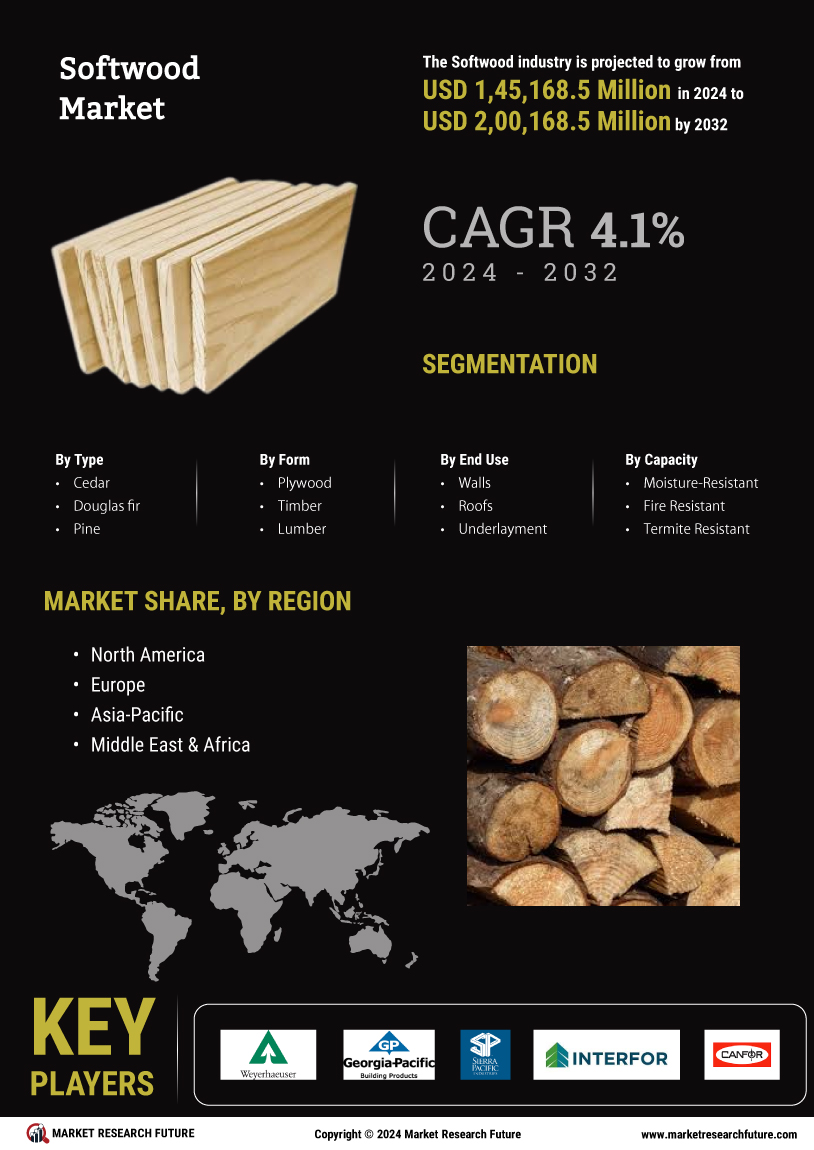

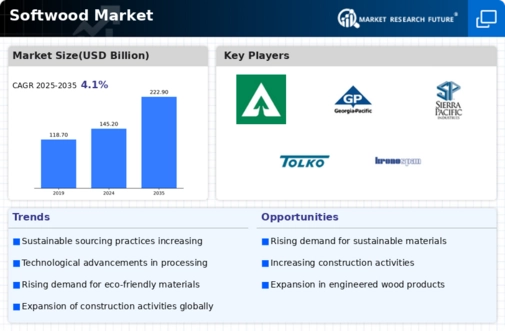
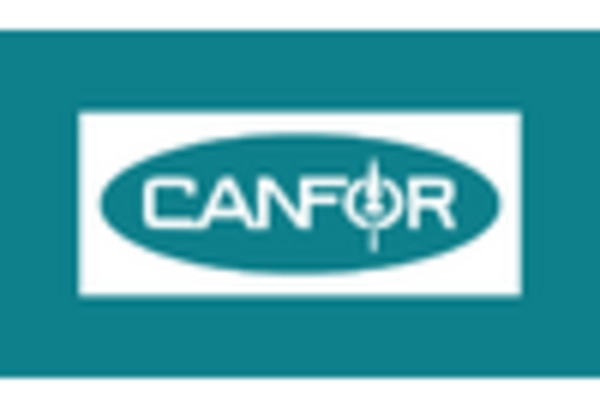



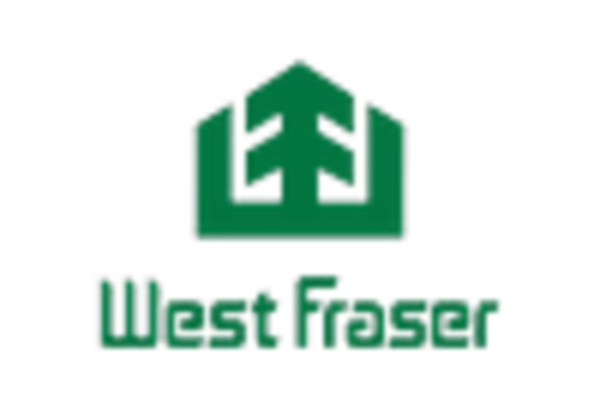
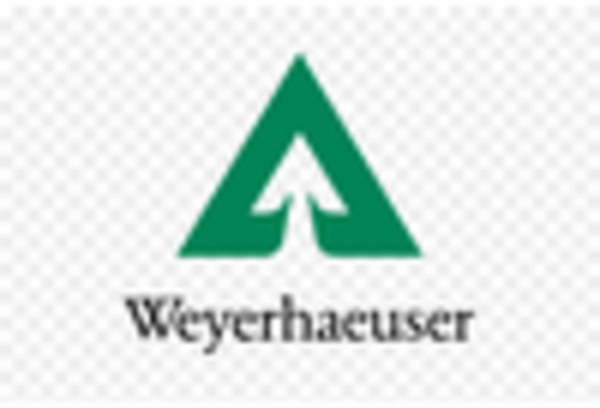








Leave a Comment